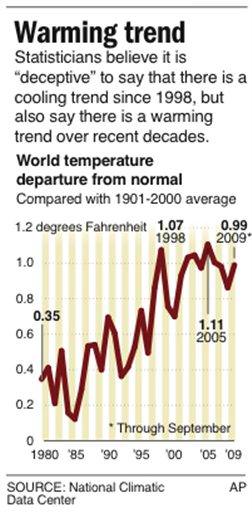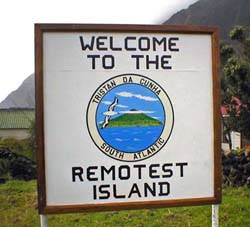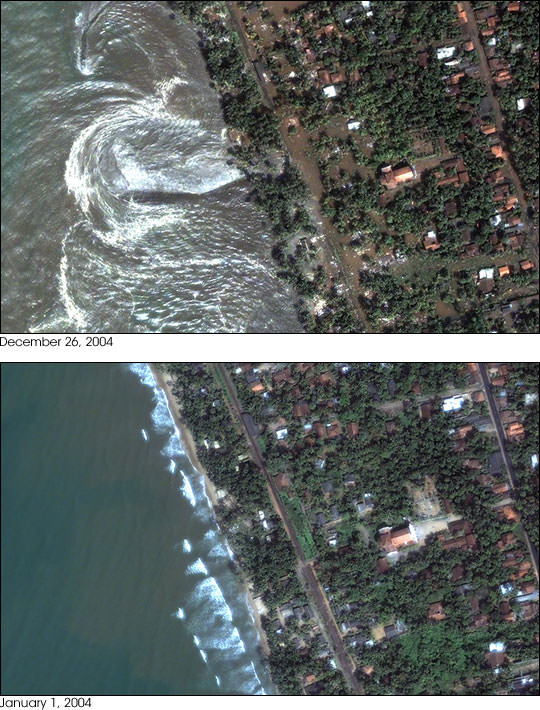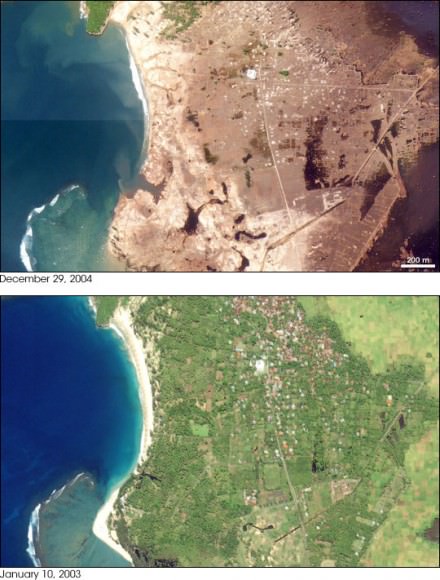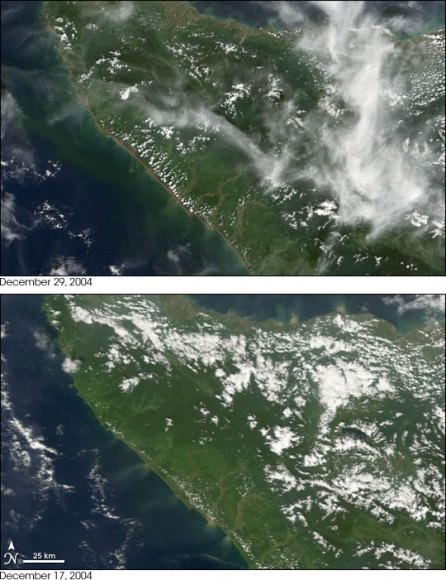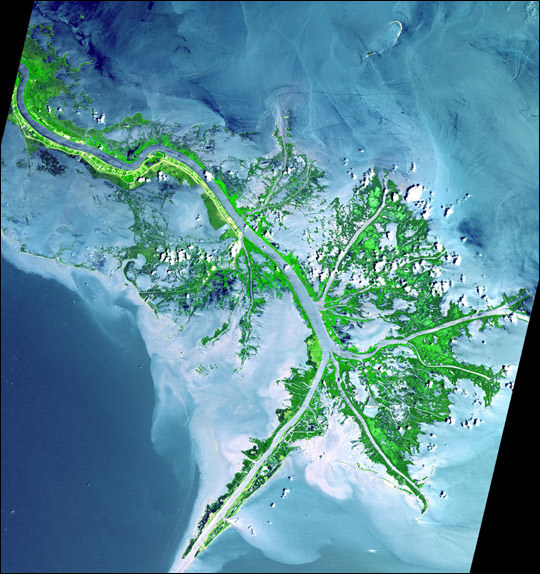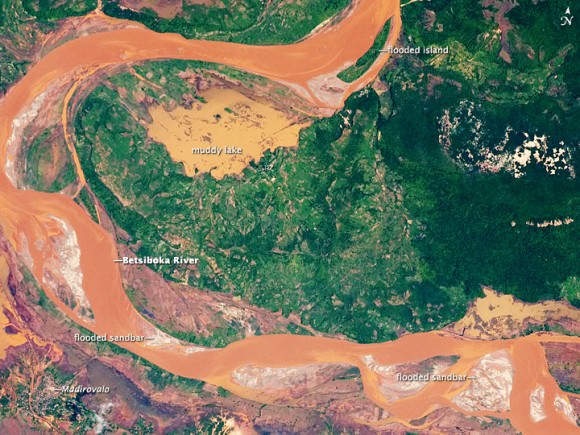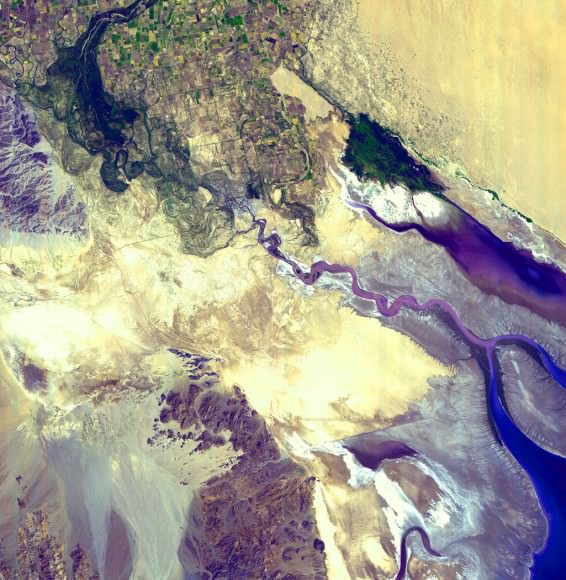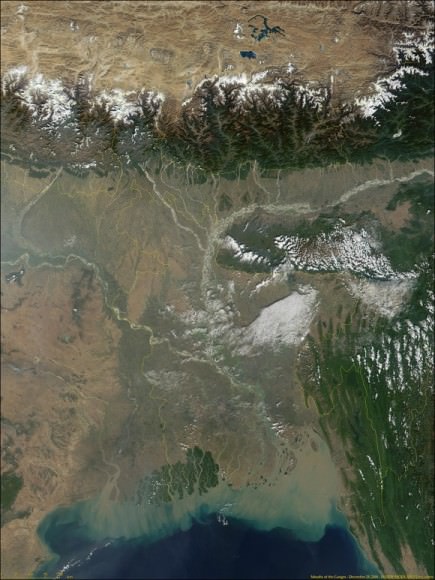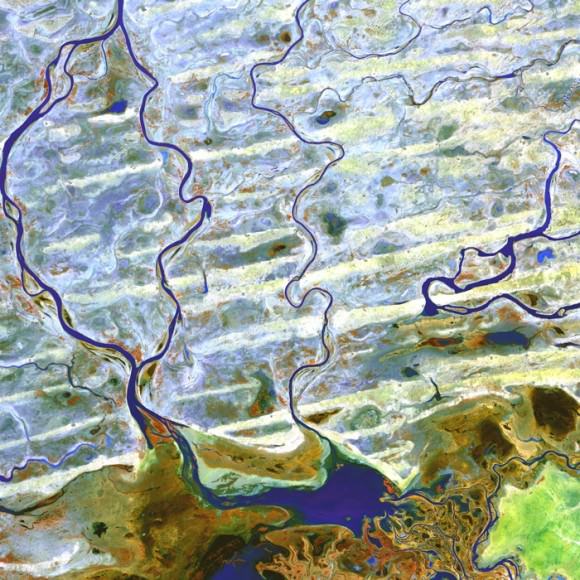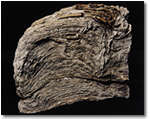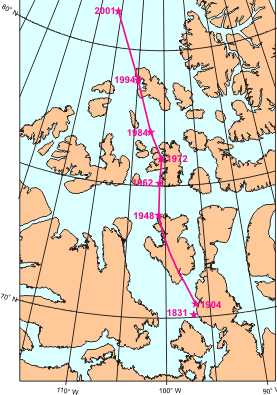[/caption]
The idea that the world is now cooling has been repeated in opinion columns, talk radio, pundit television and more. After a poll was released last week indicating that only 57 percent of Americans now believe there is strong scientific evidence for global warming, which is down from 77 percent in 2006, Seth Borenstein from the Associated Press decided to check out what the statistics are really saying about global warming or cooling. In a blind test, Borenstein sent accumulated ground temperature data from the past 130 years to four independent statisticians. He disguised the sources (NASA, NOAA and British meteorological data) and didn’t tell the statisticians what the numbers represented; he asked them to just look for trends in the data. The experts found no true temperature declines over time; additionally, the last ten years comprise not only the highest data set in the record, but they also have a continued, positive trend.
It seems recent weather trends have been cool — 2008 was cooler than previous years, especially the really hot years of 1998 and 2005.
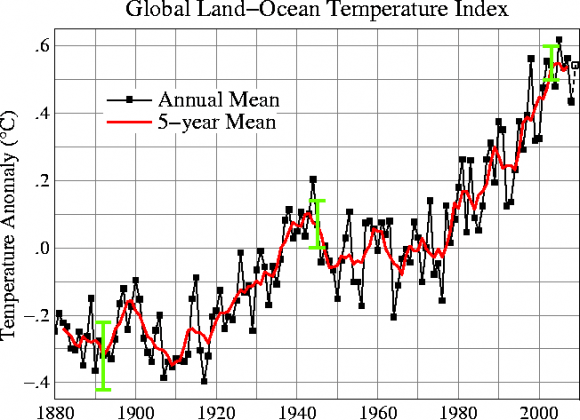
Borenstein wanted to know if this was a longer climate trend or just weather’s normal ups and downs. All four of the statisticians agreed independently the statistics overall clearly show an upward trend of warming. Also included was a data set of satellite temperature data that is often favored by skeptics of global warming. Same story there: global temps are on the rise.
The ups and downs during the last decade, which some skeptics say show a cooling rather than warming, are variations that are repeated randomly in data as far back as 1880.
One statistician said that “cherry-picking” a micro-trend within a bigger trend is not the way to look at data.
This “blind” review of the data isn’t the only review that has shown obvious warming. Borenstein said that NOAA recently re-examined its data because of the recent “chatter” about cooling, and no cooling trend was found, and earlier this year, climate scientists in two peer-reviewed publications statistically analyzed recent years’ temperatures against claims of cooling and found them not valid.
For the full story, read Borenstein’s article here.
Source: Associated Press

